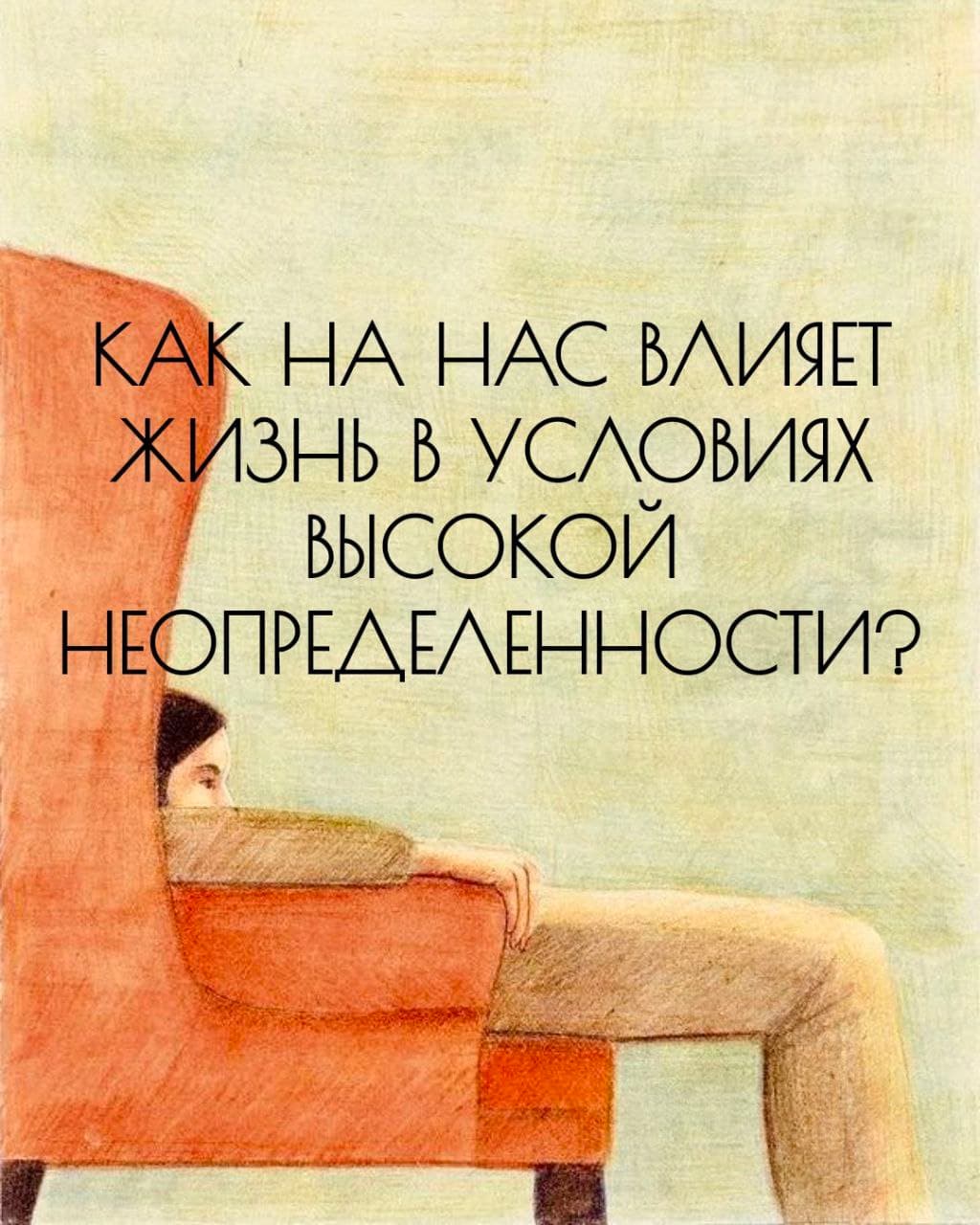
@omprograms
Uncertainty is almost inevitable and, in a way, even a familiar part of our lives. But when the level of uncertainty is high, it can affect a whole range of important aspects of our lives.

When I came up with my motto — I want life to have "less pain and more beauty". In essence, my entire professional career and even the path to my profession are about this.
At first, I wanted to become an art historian and enrolled in the preparatory department of the Faculty of History at Moscow State University, in the art history department. The classes were in the evenings, and during the day I had to work in a place related to art history. I found a job as a courier in the Museum of the Revolution. The work was at least fascinating, but there wasn't much beauty in it, and it didn't really help reduce pain. Mostly, I delivered documents to different museums and stayed to see the exhibitions.
Six months later, I quit and started working as a nurse in a children's hospital. This was probably the most balanced period of my life. In the morning, I cleaned floors, and in the evening, I attended lectures on art history. Hospital life turned out to be much more attractive, and I made a decision: I left Moscow State University, and I used my nurse's salary to pay for tutors in chemistry and biology. I was lucky. Despite widespread skepticism, I got into the 1st Medical Faculty, where I later completed my residency and postgraduate studies. During my postgraduate studies, I interned at Columbia University (NY, USA) in the Behavioral Medicine Department.
During my postgraduate studies, I interned at Columbia University (NY, USA) — in the Department of Behavioral Medicine. Later, I obtained a qualification as a Gestalt therapist and for more than 20 years combined psychotherapeutic practice with work as a cardiologist.
In 2020, I moved to London and fully focused on psychotherapy. Today, I work with individual clients and couples, lead therapy groups and supervision sessions (both group and individual), and teach Gestalt therapy.
1988 – 1995
First Moscow State Medical University named after I.M. Sechenov. I.M. Sechenov First Moscow State Medical University (First Clinical Faculty), higher education in the specialty of clinical practice.
1995 – 1997
First Moscow State Medical University named after I.M. Sechenov. I.M. Sechenov First Moscow State Medical University, residency in internal medicine, Department of Internal Medicine.
1997 – 2000
First Moscow State Medical University named after I.M. Sechenov. I.M. Sechenov First Moscow State Medical University, residency in internal medicine, Department of Internal Medicine.
2000 – 2003
Moscow Institute of Gestalt Therapy and Counseling (MIGTiC). Program: Theory and Practice in Gestalt Therapy (569 hours).
2005 – 2006
Moscow Institute of Gestalt Therapy and Counseling (MIGTiC). Long-term professional program "Gestalt as a method of therapy of psychosomatic disorders".
2006 – 2007
Moscow Institute of Gestalt Therapy and Counseling (MIGTiC). One-year educational program "Body-Oriented Approach in Psychotherapy".
2006 – 2008
Moscow Institute of Gestalt Therapy and Counseling (MIGTiC). Training program for supervisors and trainers. Advanced program in Gestalt therapy.
2012 – 2014
Istituto di Gestalt HCC, Italy. International Training Program: Gestalt Therapeutic Approach to Psychopathology and Contemporary Disorders.
2015 – 2017
The Center for Somatic Studies, USA, New York. Developmental somatic psychotherapy.

Fill out the form below, we will answer your question shortly!

Uncertainty is almost inevitable and, in a way, even a familiar part of our lives. But when the level of uncertainty is high, it can affect a whole range of important aspects of our lives.

WHAT PREVENTS A THERAPIST FROM BEING A THERAPIST?

Alarm levels. What is anxiety and how to deal with anxiety?

What is neurosis, and who are neurotics?